Born from the ashes of Sydney Design Week that in 2020 could not go ahead, two new exhibitions have opened their doors at the Powerhouse Museum, Ultimo campus. September saw the launch of Hybrid and Design for Life, which will respectively run until February and late January 2021.
Creative director of Hybrid, Stephen Todd, and chief executive of the Powerhouse Museum, Lisa Havilah, have together commission nine Sydney-centric design studios to create pieces that respond to our rapidly changing global landscape and explore the role of the home in 2030.
“The way we live and how we perceive and experience our homes is being radically altered,” says creative director Stephen Todd. “The primary role of the home in the 21st century is to be a sanctuary, a respite from the clamour of daily life, the ultimate refuge in these times of crisis. For the Hybrid commission, we asked creatives outside of the field of design to create domestic artefacts for our future.”
Each design studio has collaborated with a researcher or practitioner outside (yet akin) to their field in order to create a thought-provoking object or series.
As one would expect, issues the designers have responded to range from the global pandemic, air quality, bush fires, rising temperatures and wellbeing; the pieces themselves range from highly conceptual to traditionally functional.
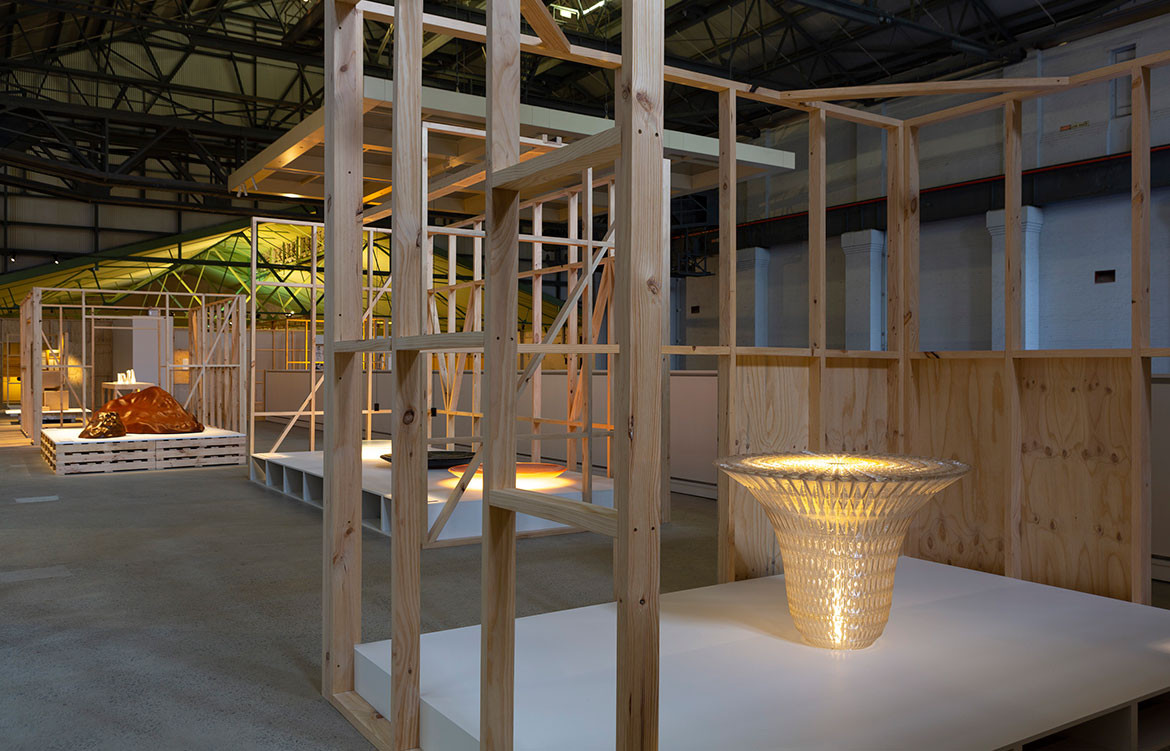
The Powerhouse team have provided the following statements for the works of Trent Jansen, Adam Goodrum, Henry Wilson, Charles Wilson, GibsonKarlo, Rive Roshan, Tom Fereday, Andrew Simpson and Elliat Rich:
Design anthropologist Trent Jansen and Nyikina man and saddler, Johnny Nargoodah explore the environmental changes witnessed by Johnny and his community in Western Australia with a critical piece of design communicating the traditional laws pertaining to the land and commenting on the devastating effects of climate change.
Using large-scale 3D printing, Sydney-based industrial and fine furniture designer Adam Goodrum, in collaboration with Ella Williams and Tran Dang of the UTS Advanced Fabrication Lab present furniture made from recycled ocean plastic, placing environmental considerations at the heart of the design process.
Sydney-based product and furniture designer Henry Wilson and Melbourne-based artist Stanislava Pinchuk present a reinterpretation of the water feature, commenting on the impact of climate change on the urban ecosystem.
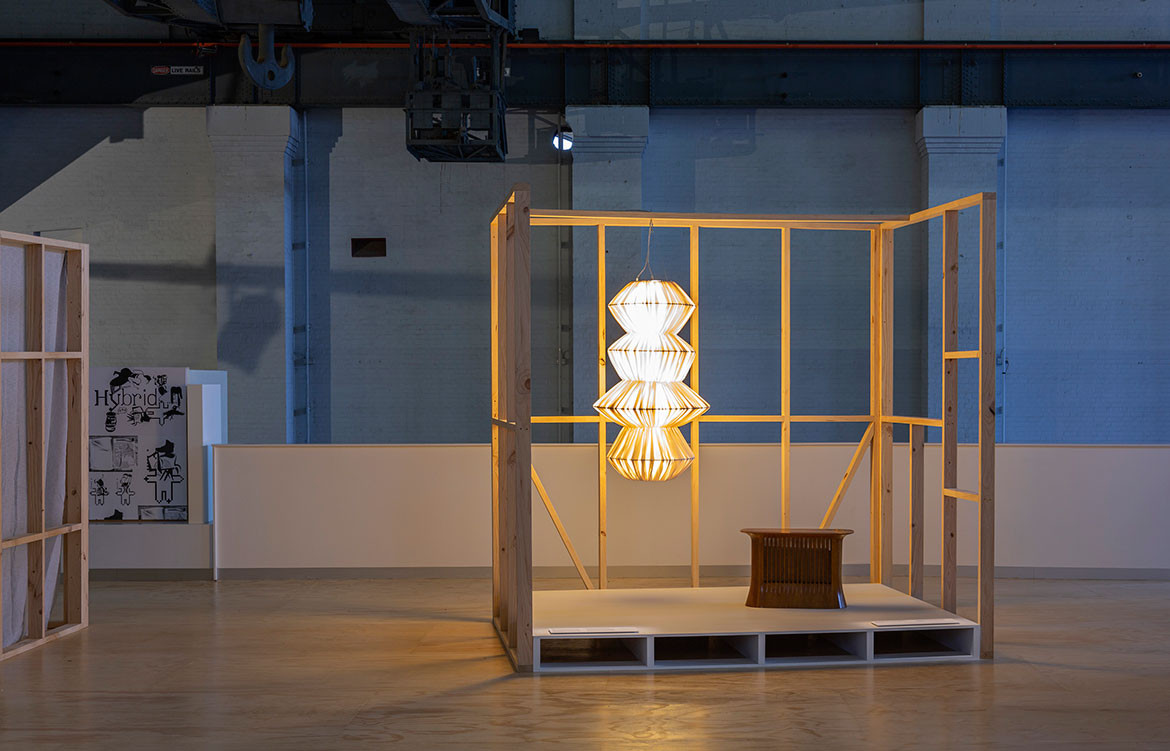
Industrial designer Charles Wilson in collaboration with Gaurav Giri & Bala Mulloth of Hava Inc seek to reinvent domestic air purifiers.
Design Duo GibsonKarlo, in collaboration with Australian Research Council Laureate Professor Veena Sahajwalla, explore the concept of death and its implications for those left behind, with artefacts developed from the objects left by the deceased.
Amsterdam-based designers Rive Roshan, in collaboration with Emmaline Cox, Design Director of Axolotl, Sydney, respond to the global pandemic, natural disasters and lockdown, with a responsive light source that brings the experiences of nature into the home.
Industrial and furniture designer Tom Fereday in collaboration with Dr Thea Brejzek, Professor of Spatial Theory at UTS propose a series of sustainable, inclusive and responsible domestic products that respond to the themes of privacy, isolation and the importance of human interaction in the time of widespread spatial distancing.
Sydney industrial designer Andrew Simpson and mechanical engineer Professor Tracie Barber present a contemporary home shrine, a space to refocus and de-stress.
Designer Elliat Rich with neuroscientist Professor Joel Pearson and Canberra Glassworks redefine the domestic mirror, exploring the concept of intrinsic wellness.
Hybrid will run from 12 September 2020 – 28 February 2021
Hybrid: Objects for Future Homes
maas.museum
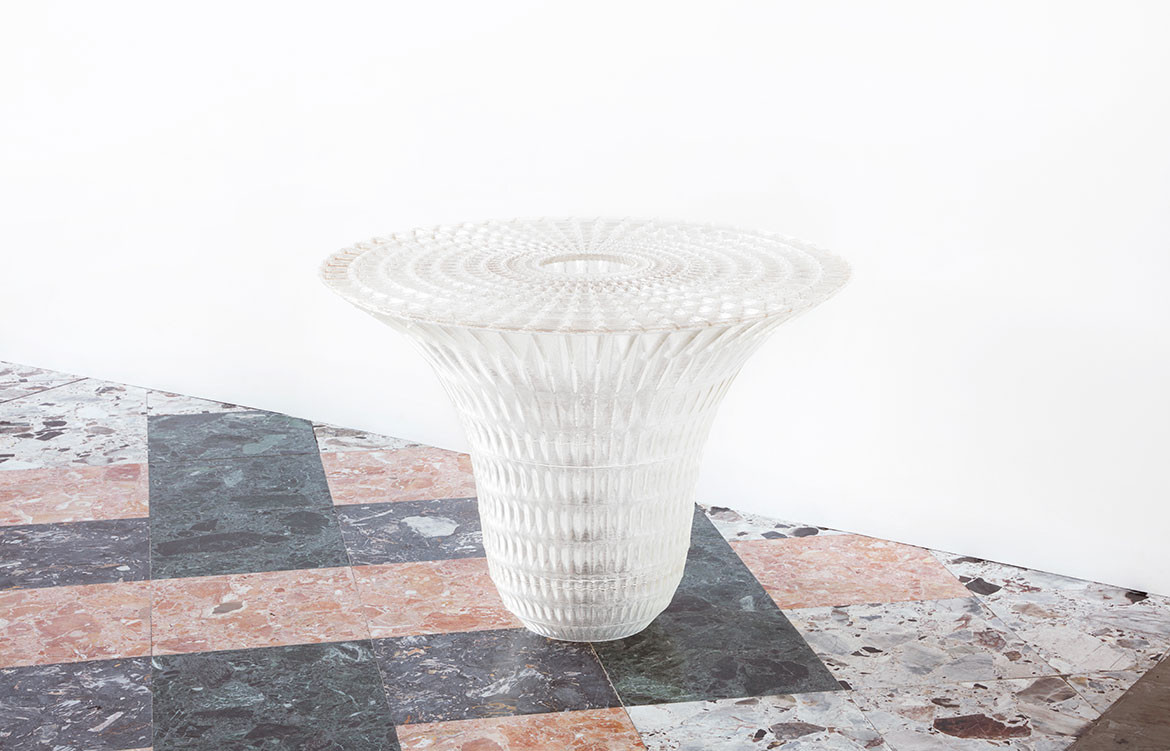
by Adam Goodrum x Ella Williams
Photo: Zan Wimberley
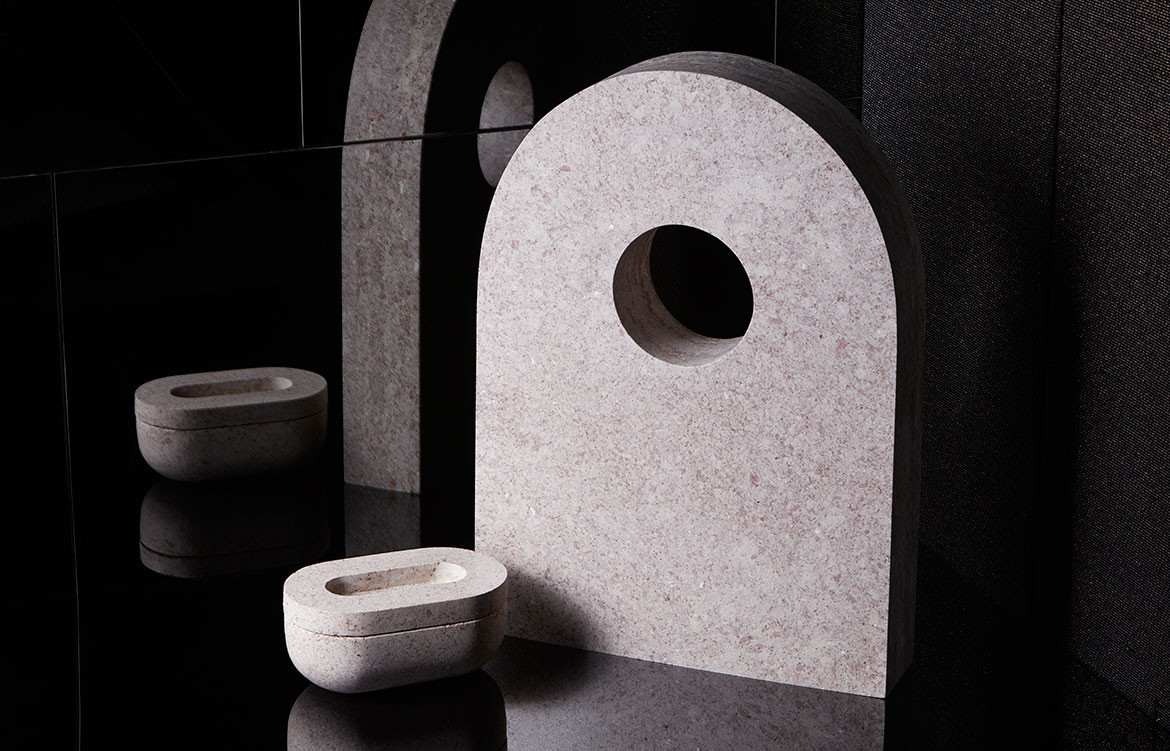
by GibsonKarlo x Veena Sahajwalla
Photo: Zan Wimberley

by Tom Fereday x Thea Brejzek Photo: Zan Wimberle
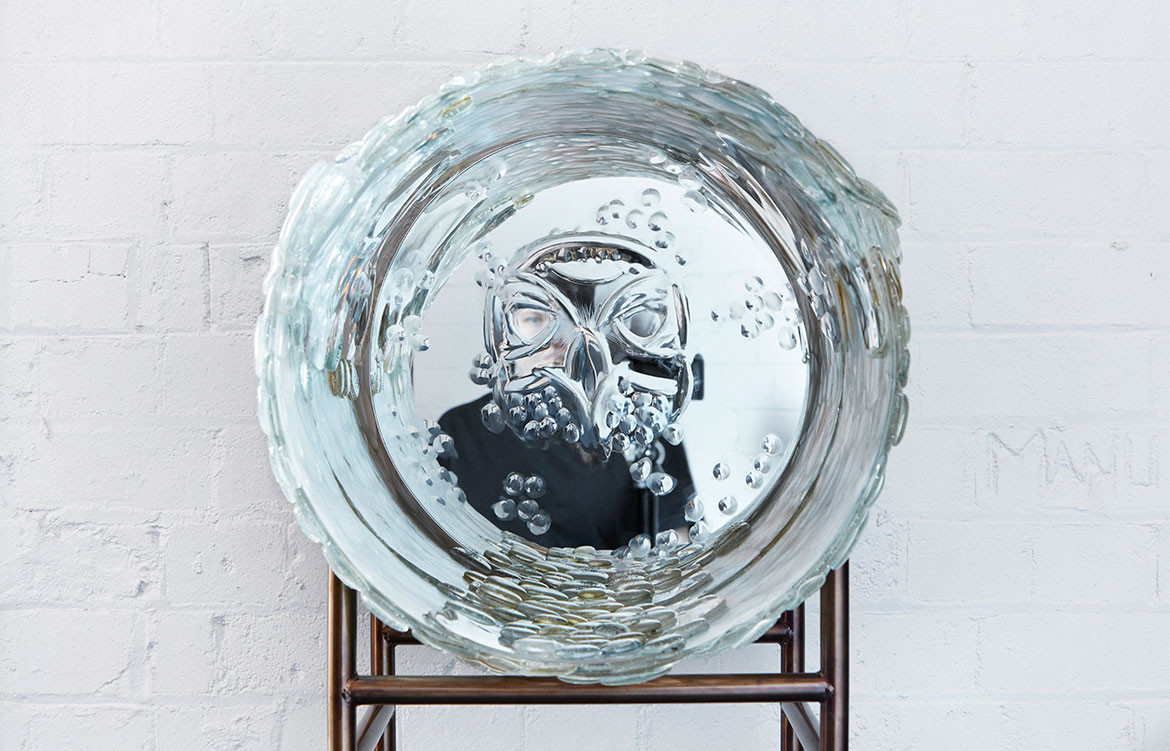
by Elliat Rich x Joel Pearson
Photo: Zan Wimberley
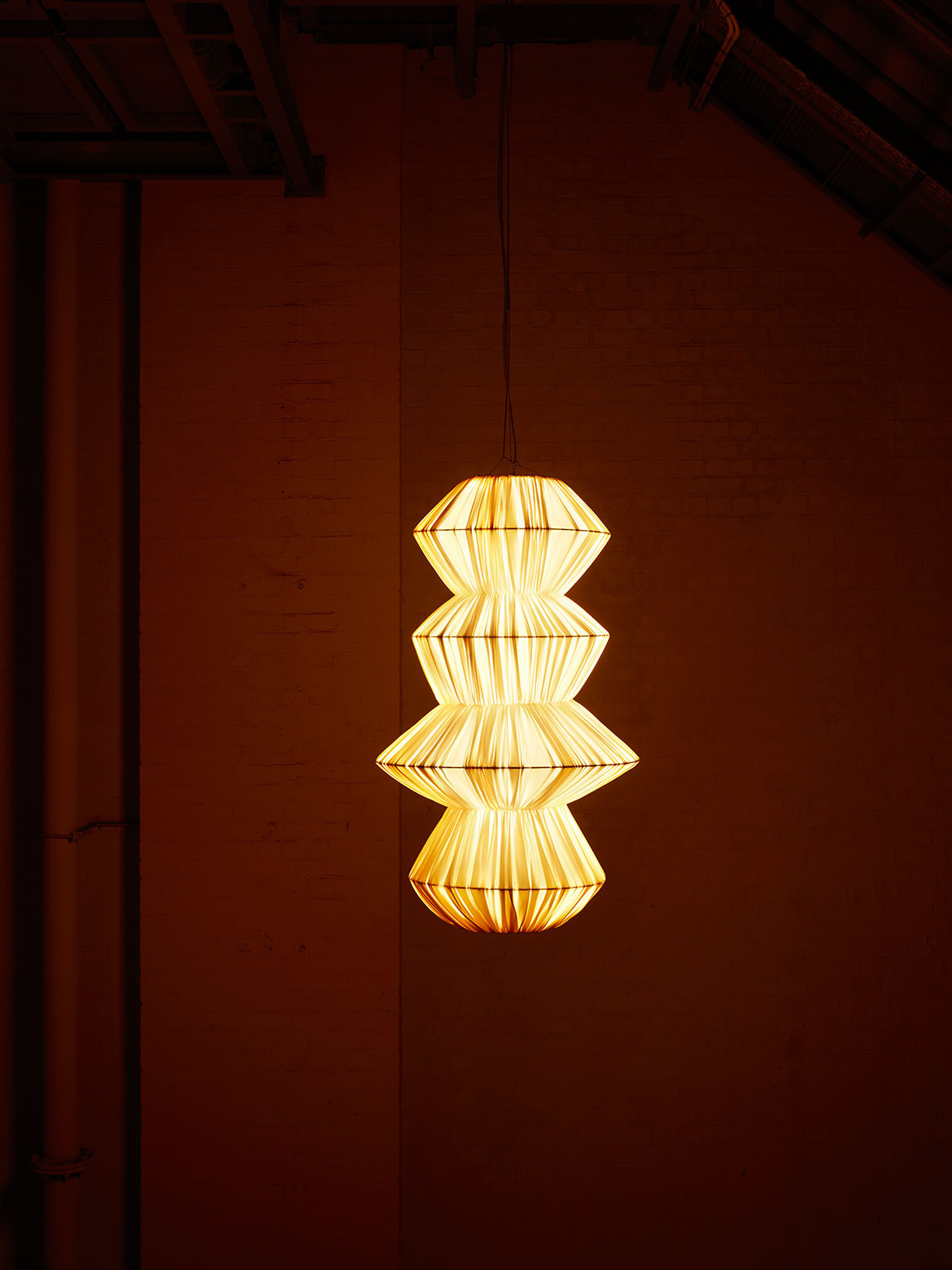
by Charles Wilson x Gaurav Giri & Bala Mulloth
Photo: Zan Wimberley
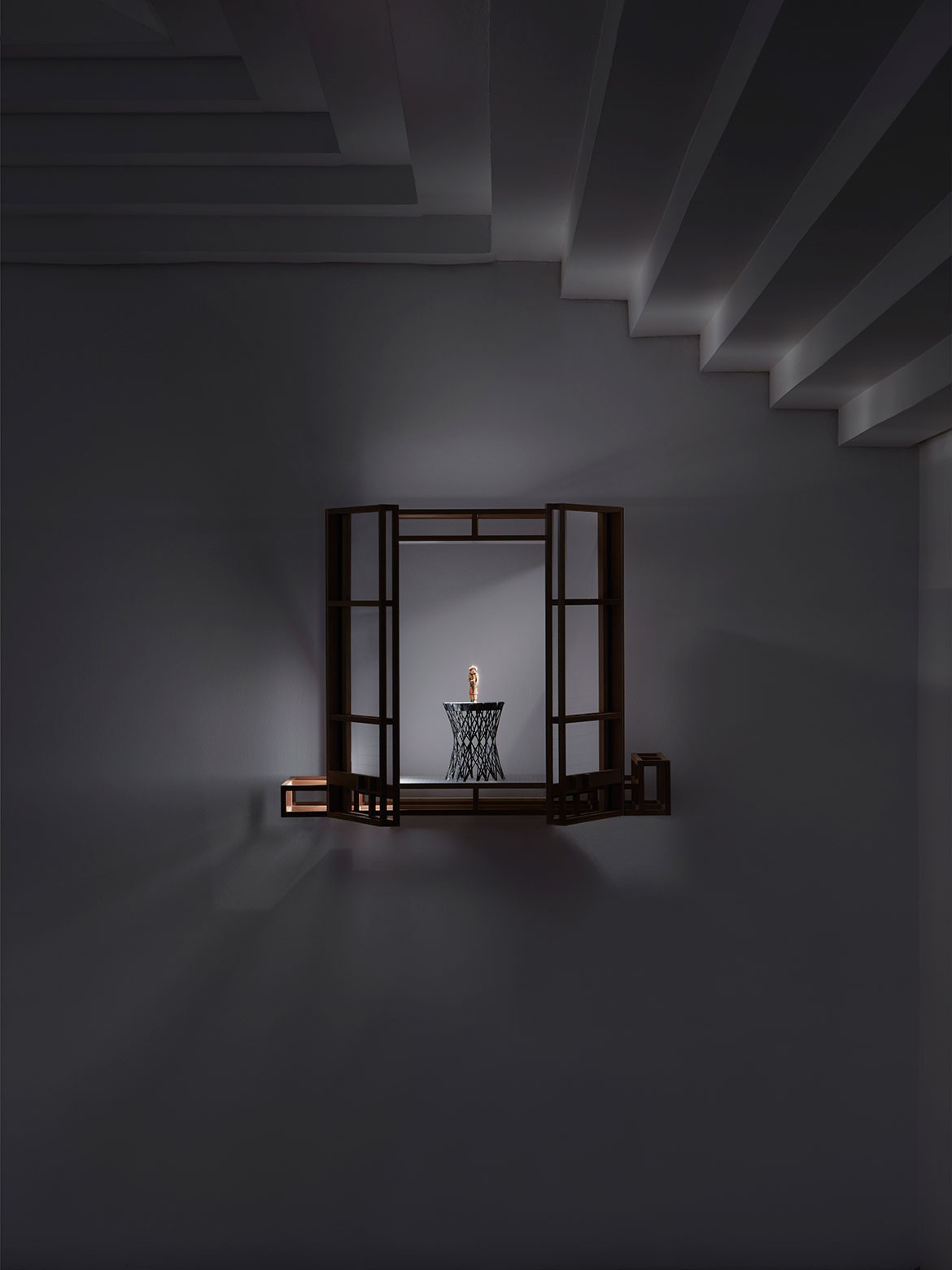
by Andrew Simpson x Tracie Barber
Photo: Zan Wimberley

by Rive Roshan x Emmaline Cox
Photo: Zan Wimberley
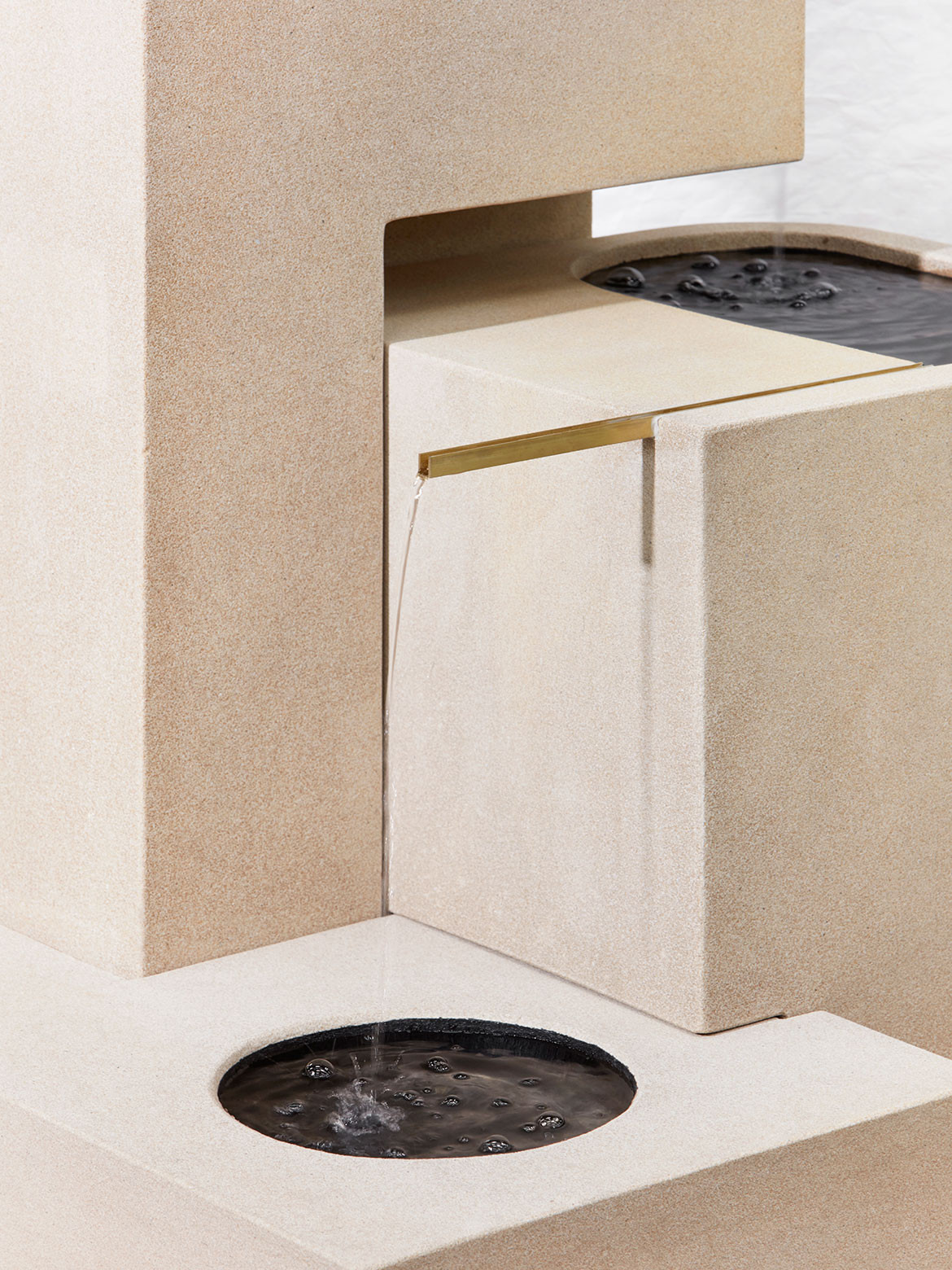
by Henry Wilson x Stanislava Pinchuk
Photo: Zan Wimberley

